The labs listed here are used for CEE262B. See lab syllabus for details.
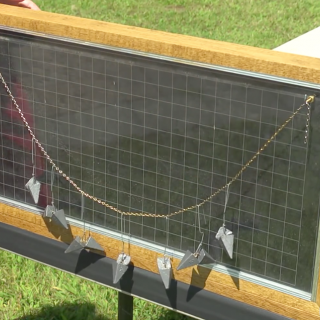
Please find the labs instruction guidelines below. We will be updating these files throughout the semester, so please check back regularly, especially before you begin a lab report.
Stress in Tensile and Compressive Structures
There are three stations for this lab:
- Cable Strength –explores the breaking strength of steel.
- The Washington Monument – shows how the principles learned with respect to tensile forces in the Cable Strength lab also apply to compressive structures such as the Washington Monument
- Cable and Arch Shape – demonstrates that the proper shape for a cable structure when under uniform loading is a parabola. It will then show the extent to which cables and arches can be considered equivalent structures, with one acting in tension and the other compression
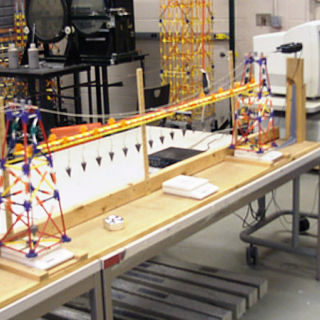
Bridges – Suspension and Horizontal Cantilever
The lab will involve the study of two bridges:
- The Menai Straits Bridge illustrates the principles of a suspension bridge
- The Quebec Bridge illustrates the principles of a horizontal cantilever bridge.
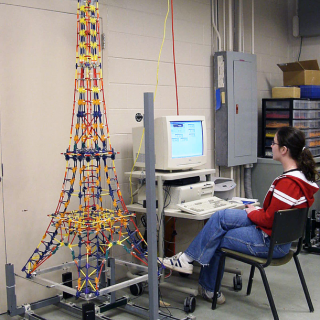
Tall Buildings: Columns and Cantilevers
Through the examples of the Eiffel Tower and the Washington Monument, this laboratory will demonstrate how tall structures are affected by their own dead load and the live load of the wind.
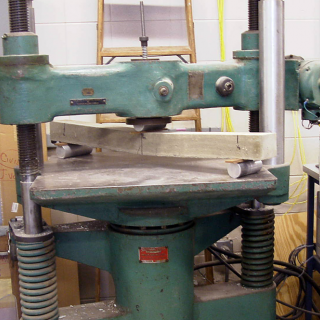
Steel Reinforced Concrete
PART A: The purpose of this lab is to test and analyze the structural and strength properties of concrete and reinforced concrete beams. This lab is to be performed over two sessions:
PART B: During the second session the cylinders will be tested to establish the strength of the concrete made. Predictions of the failure point of the beams will then be made prior to their testing using a structural loading machine.
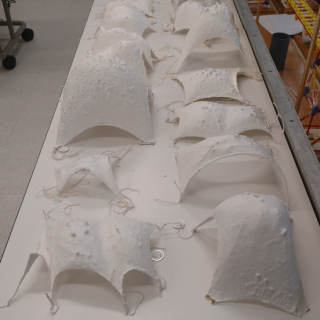
Designing for Strength and Elegance: Vaults and Bridges
PART A: A foot-long bridge.
Design competitions are catalysts for structural art. Winning proposals highlight the two principles of design – discipline and play. Discipline is defined by the necessity to meet certain spatial, economic and strength requirements. Play is produced by the innovation that improves a good design into a winning design. In this (multiple-day) lab, you will work in groups to produce the following two designs that will be tested to failure and judged for strength and aesthetics:
PART B: A form-found shell structure
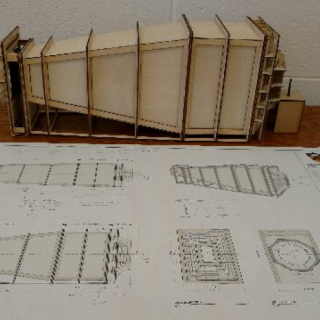
Wind Effects on Tall Buildings
Using a wind tunnel, the effects that differently shaped buildings have on vortex shedding are examined.
This lab is under development.